I just returned from a trip to Australia and New Zealand. Perth to attend a nephew’s wedding and New Zealand because a) the cheapest tickets were via Auckland; b) I have never been to NZ.
I have visited Perth numerous times since the 90’s and seen it grow on the mining roller coaster to a significant city. Australia has also grown and was rated best country in 2014. As it made more money from mining (iron ore, petroleum, etc.) sales to China its labor costs increased and manufacturing became less competitive. Ford ceased production in 2016 and Holden (GM) and Toyota will stop manufacturing in 2017. It seems that Australia is becoming more dependent on China. Reminds me of stories of some big farmers – as they chase more revenues, they need more expensive equipment and continuing big harvests and the cost is loss of their resilience and perhaps, independence.
We only had 3 full days in NZ and decided to spend them on the South Island in the Fiordland area. A fjord is created by glaciers sliding down to the sea and by erosion creating steep sided cliffs. We flew from Auckland to Queenstown and rented a car for the drive to Te Anau (170km) where we lodged. Our main activities were to hike parts of the Kepler Track and Routeburn Track, take a nature cruise on Milford Sound (120km from Te Anau) and visit the Te Anau Wildlife Centre. Tourism is the main revenue generator of NZ and all the tracks and facilities were immaculate and everyone was friendly.
Manuka honey is a big deal in NZ and there were numerous honey stores. Manuka honey has beneficial ingredients which are assessed by a UMF rating system – so you can get UMF 5+, UMF 10+, UMF 15+ and UMF 18+ with exponential increases in price.
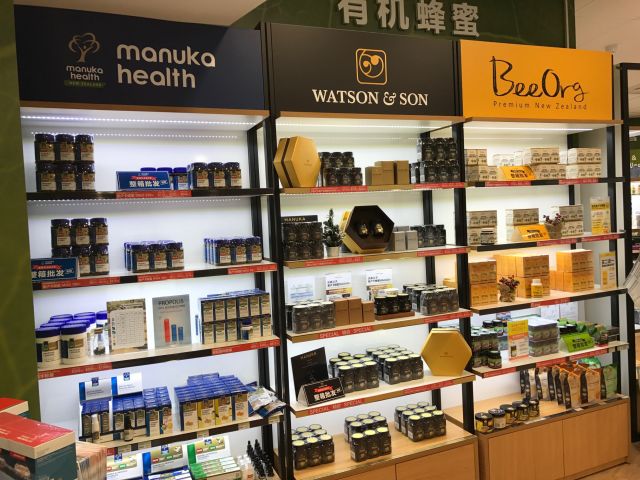
Rainfall in the Fiordland is staggering – an average of 7 meters (about 23 feet) so there is lots of growth in the forests:
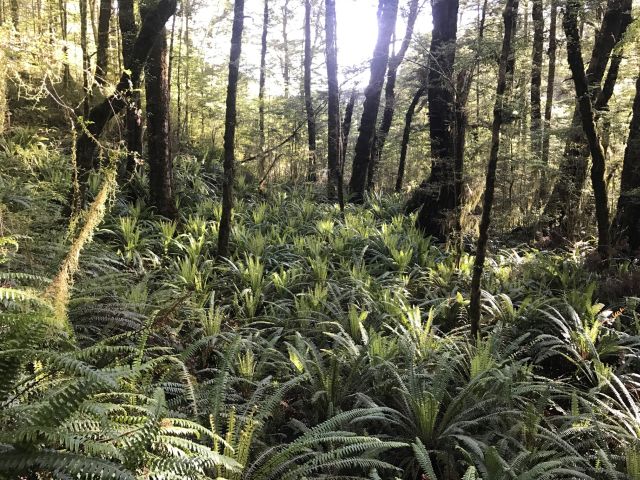
and rivers to cross:

and stupendous waterfalls:

And surprisingly, given the excessive rainfall, there was also a rainwater harvesting system:
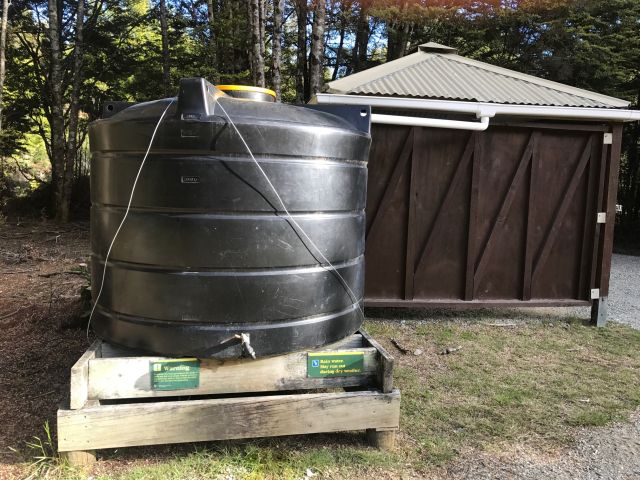
In the absence of predators NZ’s bird population became flightless and thrived until, with humans there also arrived stoats, weasels, rodents and possums. And many birds became extinct. The stoat was introduced in the 1880’s to control rabbits and hares and is considered “public enemy number one” for NZ birds. Stoats are controlled with biodegradable 1080 poison and traps.
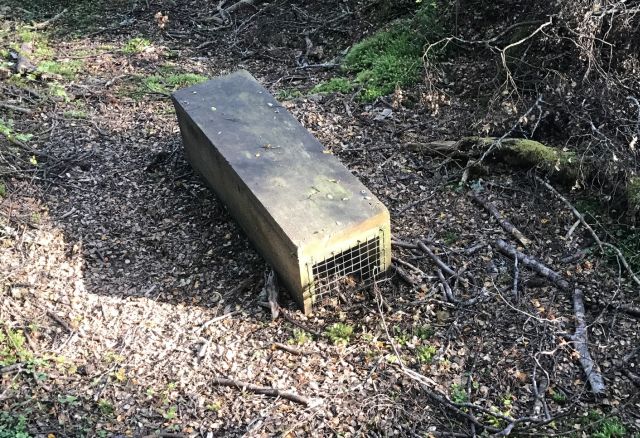
We took the Routeburn Track to the Key Summit and passed several groups of fast striding, cheerful Japanese sightseers.
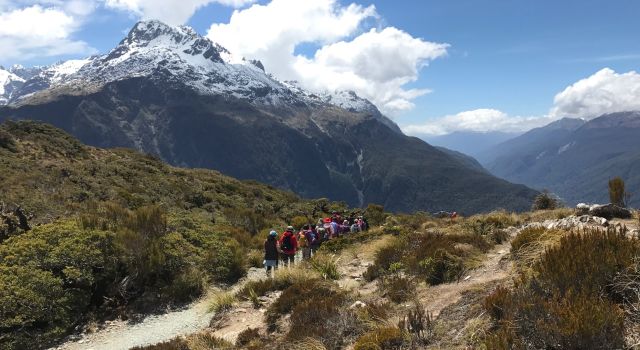
We visited the local Te Anau bird sanctuary during feeding hour and saw the rare flightless tekahe.
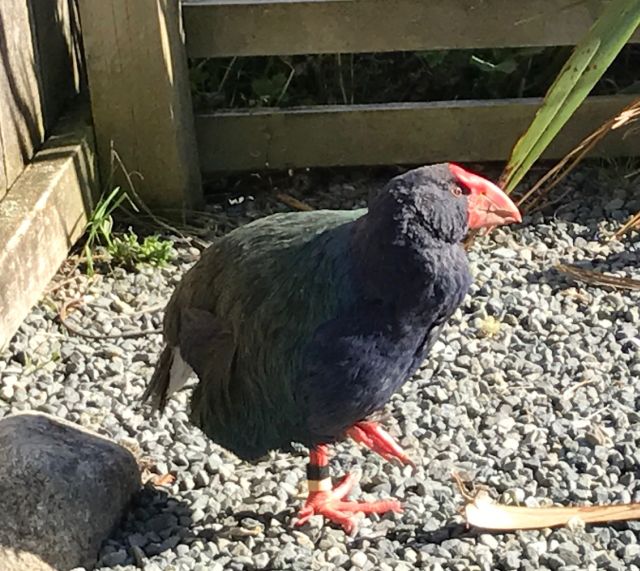
and many other unusual birds.
And the boat ride in Milford Sound was spectacular:
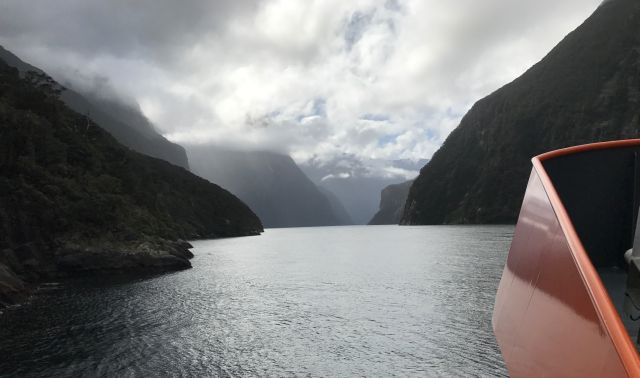
And then, after a quick tour of Auckland on the Hop On, Hop Off Explorer bus and the excellent NZ Maritime Museum, we were back home in Georgia. And it was raining and all my storage tanks were filled and life had returned to the soils.

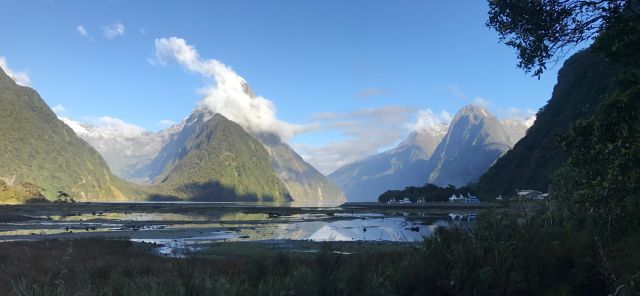
Those are stunning photos — and great comments on the side. I hope to try Manuka honey in the new year!